|
Hello and welcome to the Stone News by Devicare, where we
discuss every 2 months the most recent and relevant studies in stone
disease.
Subscribe
now
|
|
|
|
|
|
Hello Stone fans!, welcome to this special edition of Stone News.
In this special edition of the Stone News, we have selected some highlights from the latest EAU23. I would like to cede the honour of presenting the content of this edition to Dra. Rosa María Gras; Urology resident at the Hospital General Universitario de Valencia and winner of the last Lit-Control® Clinical Case Contest in Spain, who will explain us her experience during her first attendance to the EAU 22.
I hope you enjoy this special edition to keep you updated with the most recent and relevant hot topics on Kidney Stones Disease.
|
|
 |
Dra. Rosa María Gras
|
|
|
First, I would like to thank Devicare and everyone who made it possible for giving me the opportunity to attend the EAU 23 in Milan. I would like to thank Dr. Emiliani for let me share my experience in this special edition of the Stone News.
I had been on other Urology Congresses as a resident, but my impression when I arrived at the EAU was overwhelming. The number of conference rooms, the exhibition hall, the professionals I had the opportunity to meet from other countries, and the amount of people who attended the Congress made it such an exciting and amazing experience.
To regard the most interesting lectures I had the pleasure to attend, I want to highlight the following ones:
|
|
|
 |
The role of urine microbiota in patients with urolithiasis
Dr. Lee Hsiang-Ying et al.
|
 1'
1' |
|
Urolithiasis is a disease with high prevalence and there are various risk factors impacting on stone formation. It is already known that intestinal microbiome may influence the composition of the urine and, as a result, the formation of stones. In addition, it is also known that urine is no longer considered sterile since the evolution of high-throughput DNA sequencing, but there is a rich ecosystem of bacteria in the urine (urobiome) that may also lead the formation of stones..
In this study the lecturers analyzed the urine samples of 28 stone patients and 59 healthy individuals, and they found some microorganisms more abundant in the control group than in the stone patients’ group. They concluded that dysbiosis of urine may be related to the development of urinary stones.
This result was interesting to me because it may contribute to the development of novel diagnostic biomarkers and therapies for stone-former patients.
|
|
|
|
 |
Trends in radiation protection use and radiation exposure of European endourologists: an ESUT-YAU Endourology Group prospective trial.
Dra. Alejandra Cecilia Bravo Balado et al.
|
 1'
1' |
|
They presented the results of a multicenter study that analized the use of fluoroscopy and radiation protection in endoscopic procedures for urinary stones in 10 different European centers. They concluded that endourologists meet the current threshold doses described on the Guidelines for radiation exposure to the chest, extremities and lens of the eyes, although there is still insufficient compliance with recommendations on radiation protection measures.
This study was interesting to me because the diagnosis and treatment of urinary stones represents a source of high radiation exposure for both patients and urologists, which is extremely concerning due to the potential development of malignant tumors.
|
|
|
|
 |
Preliminary results of the implementation of an ambulatory mini percutaneous nephrolithotomy program.
Dr. Arnau Abella Serra
|
 1'
1' |
|
Urology has dramatically evolved in recent decades, especially in terms of surgical techniques due to the great technological innovations provided by industry. One of the examples is percutaneous nephrolithotomy (PCNL) as a main treatment modality for medium-large renal stones with the expansion of its miniaturization.
Traditionally, PCNL has been performed on an inpatient basis. But in this study the authors describe their initial experience in ambulatory mini PCNL. After including 30 patients from Apr 21 to Sep 22 their outcomes are extraordinary good with an average duration per intervention of 80 minutes, and without any intraoperative complication, postoperative complication, re-consultation at the ER or readmission.
This study was interesting to me because it reveals good outcomes in selected patients demonstrating safety and benefit of outpatient surgery. It definitely seems a good procedure that allows to achieve a good stone treatment, more comfortability to our patients and less expenses to our hospitals.
|
|
|
|
It has been an honor to attend the EAU 23 and to have the opportunity to meet high-level people and lectures. It was an amazing experience and an important motivation to continue with my professional training.
Thank you again Devicare.
|
|




|
Aviso Legal |
Política de
privacidada
Este mail ha sido enviado a {{ contact.email
}} por Devicare Lit Control.
Si quiere darse de baja de
las comunicaciones de la Stone News puede enviarnos un correo
electrónico a
dop@devicare.com
o pinchar aquí.
Av. Can Domènech s/n | Eureka Building UAB Research Park | 08193
Cerdanyola del Vallès,
Barcelona | España
Copyright (c)
2021 Devicare Lit-Control.
|

|
|
|
|